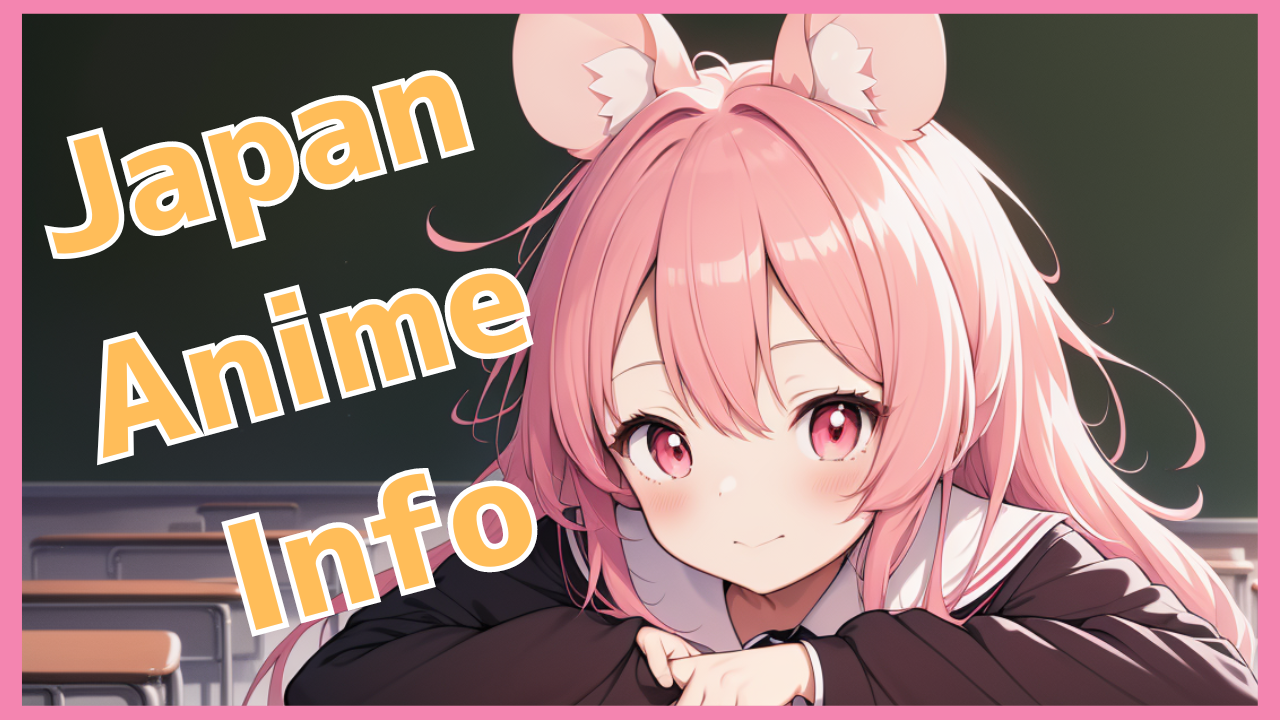The content explores the dark side of Japanese society in the early Showa period, which was about to enter behavioral economic growth, and explains that the rapid post-war recovery was made possible by the sacrifices of many people. This work is written as a story and reveals the rich surface of modern Japanese society.
What drove the movie’s popularity was the charm of the main character, Mizuki, and Kitaro’s buddy relationship with their father, but the deep content likely also played a role in its unexpected popularity.
And the Ryuga clan, with whom Mizuki and Kitaro’s father became enemies, symbolizes the dark side of modern Japan that this work aims to expose . In a sense, it can be said that the film’s sharp perspective on society is contained in the existence of the antagonist. Therefore, in keeping with the purpose of this series, I would like to take a closer look at what this work depicts by looking at what kind of antagonist the Ryuga clan was.
The main character, Mizuki, is an office worker who survived the Southern Front of the Pacific War and is returning from the battlefield. He works at a blood bank, and since he survived the unreasonable battlefield, he is burning with ambition to get promoted. One day, he learns that Tokisada Ryuga, the head of the Ryuga clan that runs Ryuga Pharmaceutical, which he is in charge of, has passed away, and heads to Yagura Village, which is controlled by his family, to get involved in the inheritance dispute. .
In this village where old customs and conventions remain, Mizuki tries his best to fit in with the family, but the inheritance dispute takes an unexpected turn due to a series of mysterious deaths. Meanwhile, he meets a man from a ghost tribe (Kitaro’s father) who is looking for his wife’s whereabouts, and the two team up to discover the village’s secrets.
Mizuki’s biggest goal is to create a secret drug called “M” that only Ryuga Pharmaceutical knows how to manufacture. It is said that if humans were ingested, they would be able to work continuously for days without sleep or rest. The reason why Japan was able to win against major powers in the Sino-Japanese and Russo-Japanese wars is said to be due to the power of M. Furthermore, it is said that the reason why Japan achieved rapid recovery from the ashes after the war was because M made the people work tirelessly without sleep or rest.
There was a time in Japan when the catchphrase “Can you fight 24 hours a day?” was used in commercials, and it was considered a good thing for Shakaliki to work for the company. This work suggests that the actual labor conditions that supported Japan’s postwar recovery were the product of a mentality that continued from before the war. There is a difference between a soldier who follows orders from his superiors and sacrifices himself, and a company employee who continues to work 24 hours a day under the orders of his superiors and company: war and work, but the mentality and organizational structure are the same. . And I think that the way society is, which accepts human sacrifice in this way, has not changed from before the war. Ryuga Tokisada’s behavior perfectly represents the fact that nothing has changed between the pre-war and post-war eras, such as the fact that some powerful people monopolize wealth at the expense of other people.
The production of M requires the blood of ghost tribes. It becomes clear toward the end of the story that the Ryuga clan’s prosperity is based on the sacrifices of the ghosts. The film also depicts that the Japanese society as a whole, which has rapidly recovered thanks to M, was built on the sacrifices of the ghosts.
This work tells us that Japan has achieved a rich life by sacrificing others in places that are invisible to the public. The Ryuga family is set as the antagonist in this work, as they symbolize this inconvenient truth of modern Japan. The Ryuga family, especially Tokisada, can be said to be a microcosm of the bad parts of Japanese society.
Behind this family’s patriarchal system, women and children have no choice but to become victims or become part of the system. Her eldest daughter Otome wields her coercive power in her position. Her second and third daughters are both deprived of their freedom, unable to let go of their attachment to power, money, or men, and meet tragic ends. Her eldest daughter, Sayo, symbolizes the sacrifice of this patriarchal family and its reactionary “grudge.” Some women internalize patriarchal values and gain power, while others become victims. This can also be said to be a microcosm of postwar Japanese society.
Regardless of his motives, Mizuki and Kitaro’s father is depicted as someone who breaks away from these old conventions. And families that do not want change to protect their prosperity show resistance to it.
The conflict in this film is a battle between those who want change and those who don’t. Tokisada is the person who most resists change. The filthiness of his life in trying to survive by stealing the future of his own grandchildren can be seen in modern Japan itself, a country that does not leave a hopeful society to the younger generation.
Although it wasn’t what they wanted, the battle between Mizuki and Kitaro’s father was a battle to see if they could leave any hope for the future. In the movie, the two were able to retain hope in Kitaro. The “mystery of Kitaro” in the title of this work is the hope for the next generation, freed from the resistance to change that the Ryuga family symbolizes.


コメント